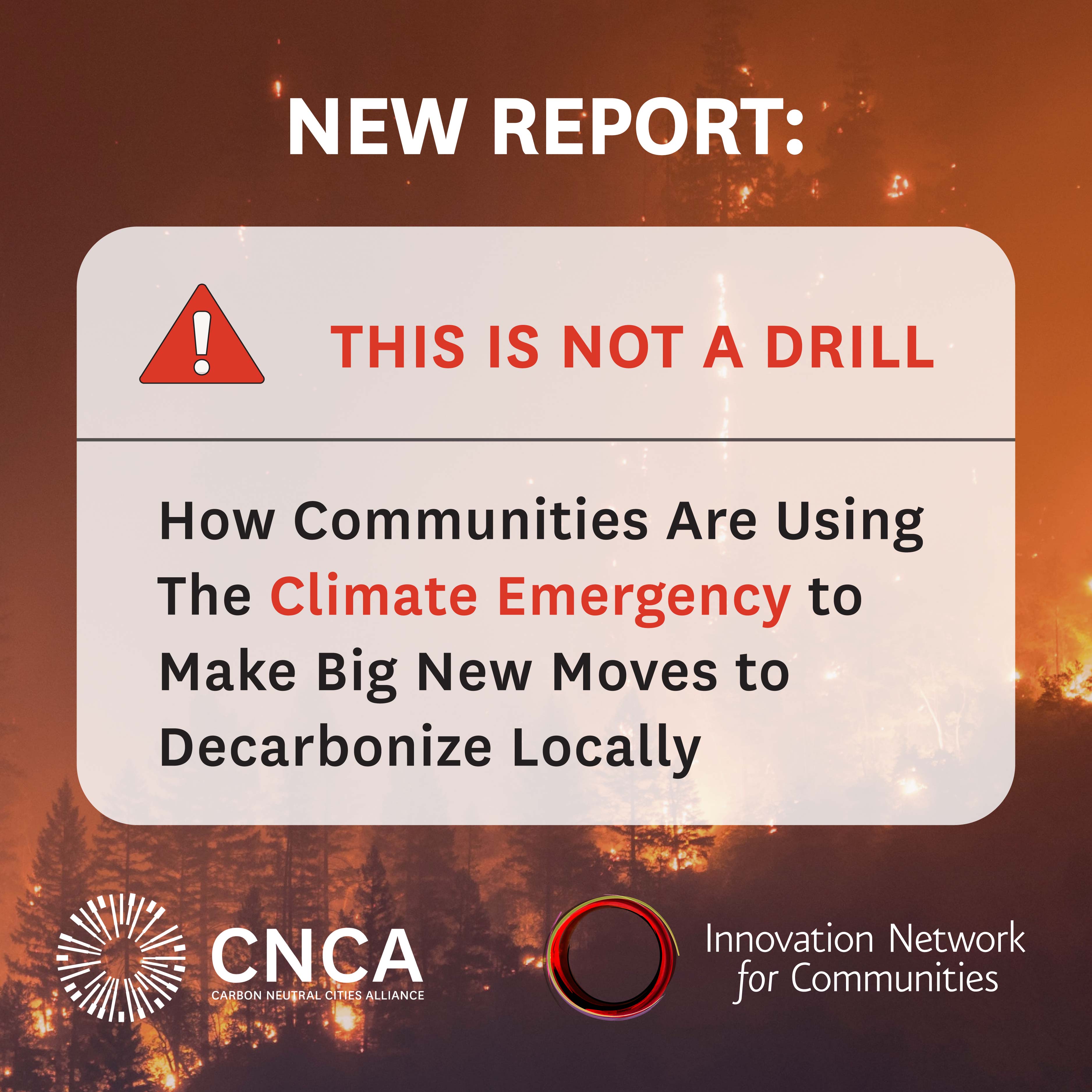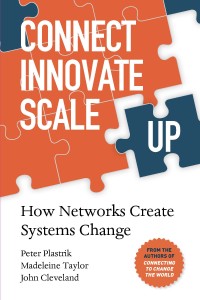
Now Available!
Connect > Innovate > Scale Up
By the authors of Connecting to Change the World

Our new book provides frameworks, insights, and advice about building networks to develop social innovations and takes them to scale. Tapping into the experiences of more than 20 successful networks, we tackle five key topics in depth:
- systems change
- development of social innovations
- pathways to scale
- design of networks
- social innovation network leadership.
Social innovation is demanding, uncertain, and prolonged work. Those of us who have chosen this work can benefit from knowing the lived experiences, practical knowledge, lessons learned, and stories of other practitioners and experts. Connect > Innovate > Scale Up fills a know-how gap in the social innovation field. It provides world-tested knowledge that can feed your confidence and hope and guide thought and action. Most important, it proclaims something we all want to hear: you are not alone and you can make a difference.
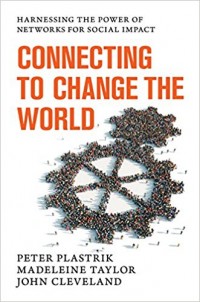
Connecting to Change the World
Something new and important is afoot. Nonprofit and philanthropic organizations are under increasing pressure to do more and to do better to increase and improve productivity with fewer resources. Social entrepreneurs, community-minded leaders, nonprofit organizations, and philanthropists now recognize that to achieve greater impact they must adopt a network-centric approach to solving difficult problems. Building networks of like-minded organizations and people offers them a way to weave together and create strong alliances that get better leverage, performance, and results than any single organization is able to do.
Connecting to Change the World provides the frameworks, practical advice, case studies, and expert knowledge needed to build better performing networks. Readers will gain greater confidence and ability to anticipate challenges and opportunities.

Life After Carbon
24 cities. Hundreds of climate-change innovations. Urban transformation.
New ideas are replacing the pillars of the modern-city model, converting climate disaster into urban opportunity, and shaping the next transformation of cities worldwide. “This is an important and inspiring book for business leaders and other professionals in their efforts to create more livable cities while strengthening climate resilience.”
– Mindy Lubber, CEO, Ceres
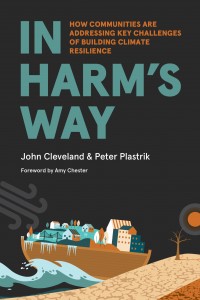
In Harm’s Way
Our just released, self-published book, builds on INC reports with new chapters and updates about increasing climate resilience at the local level. Contents include:
- Encouraging Trends for Resilience Building
- Essential Capacities for Urban Climate Adaptation
- Toward a Climate Resilience Financial System for US Cities
- Playbook 1.0: How Cities Are Paying for Climate Resilience
- How State Governments Can Help Communities Invest In Climate Resilience
- Can It Happen Here? Improving the Prospects for Managed Retreat by US Cities
- Emerging Challenges: Lessons from the Boston Experience
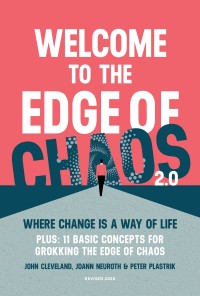
Welcome to the Edge of Chaos
We first published Welcome to the Edge of Chaos just over 23 years ago, in February of 1997. We had spent over two years immersing ourselves in complex adaptive systems theory in the hope that Mother Nature’s rules for evolution could teach us something useful about how to help organizations take advantage of turbulence to evolve and take themselves to the next level of innovation and impact. The insights of complexity theory turned out to be an excellent guide to the transformative re-design of human institutions like organizations and communities.
As we watched the world around us become more and unstable, we wondered – what does it take to leverage this instability into positive growth and evolution, rather than descending into chaos and destruction? So, we dug out our old copies of Welcome to the Edge of Chaos to see if it still resonated for us. As it turned out, yes, more than ever. The principles of complex adaptive systems on the edge of chaos do provide useful guideposts to help navigate our current turbulence. As a result, we decided to update and republish Welcome to the Edge of Chaos in the hopes that others will also find it a helpful guide.
New: “Water Conflicts Arise for US Communities as Climate Changes Arrive”
by Peter Plastrik & Darryl Young.
For American cities to thrive, they must have reliable supplies of water. Yet few urban leaders and sustainability planners have fully grasped and responded effectively to the looming threats that climate changes pose to this lifeline. As the planet’s water cycle shifts and temperatures rise, our cities face the very real danger of having their drinking water supplies disrupted and stormwater systems overwhelmed, while swollen rivers and rising seas encroach on neighborhoods. The risk of waterborne diseases is also expected to surge, testing the4 limits of wastewater management.
These climate-driven water disasters are already hindering some communities’ efforts to achieve goals like affordable housing, public health, economic development, social and economic equity, and other aims. And in some communities, residents in areas hit by chronic flooding or long-term drought are opting to migrate out of harm’s way.
New: “Our Shared History: Using Boston’s Climate Opportunities to Address Systemic Racism”
— from Boston’s Green Ribbon Commission, Embrace Boston and INC

Our Shared History aims to lay the foundation for an open dialog among a wide variety of stakeholders in Boston’s future who hope to explicitly and consciously use the shift to a resilient post-carbon economy as an opportunity to eradicate the harms of racism embedded in our built environment. Embrace Boston and the Boston Green Ribbon Commission undertook this work together deliberately to reach different audiences who may leverage a mutual appreciation of the historical account as the platform for a shared vision of progress.
This short report tells the history of Boston’s development from a land use, transportation, and building perspective, and how the resulting inequities are now being dramatically exposed by climate change. It also suggests specific ways we can fulfill climate and anti-racist objectives through action, following a core set of principles that determine outcomes of climate equity.
THIS IS NOT A DRILL!
How Communities Are Using the Climate Emergency to Make Big New Moves to Decarbonize Locally
New report with Carbon Neutral Cities Alliance
See summary slides

Innovation Network for Communities
Since 2007 we have worked as the nonprofit Innovation Network for Communities (INC), producing hundreds of publicly available reports, analyses, and frameworks, as well as the path-breaking book, Connecting to Change the World: Harnessing the Power of Networks for Social Impact, coauthored with Madeleine Taylor. We’ve reorganized the INC archives into a dozen topics and added a “Best of INC” and “Recent Materials” section, to make the INC products easily available here.
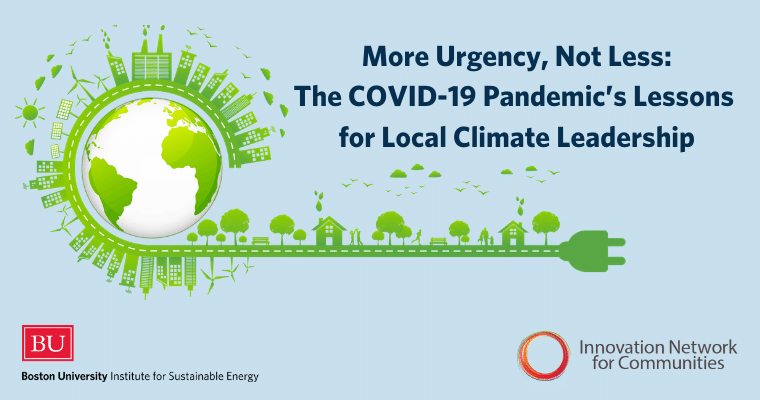
More Urgency, Not Less: The Covid-19 Pandemic’s Lessons for Local Climate Leadership
The first of three reports that will provide community leaders, inside and outside of local government, with guidance about navigating their climate-action priorities through the gauntlet of challenges created by the COVID-19 pandemic and the ensuing economic crisis. This report’s analysis of the COVID-19 linkage to climate change reveals four lessons for local leaders:
- Focus beyond the COVID-19 crisis and maintain and boost climate-action momentum because the risks and costs will only grow if action is delayed.
- Act to prepare your communities for climate change and GHG reduction; walking away from or delaying crucial climate actions risks disastrous and inequitable local consequences.
- Enhance local climate action by building on your residents’ and businesses’ behavior changes during the pandemic response that reduce emissions and enhance resiliency.
- Maximize the local economic and community benefits of an economic recovery that simultaneously drives business and job expansion, improves personal and public health, reduces GHG emissions, strengthens climate resilience, and improves social equity.

How Can Cities Use Investments in Climate Resilience to Generate Economic Benefits for Low-Income Neighborhoods?
Our research team looked for ways that public investments in climate resilience could also respond to the economic needs of low-income neighborhoods by increasing the disposable income of households in the neighborhood and boosting residents’ collective influence over city systems that affect their economic capabilities and opportunities. This report details four findings from that research.
